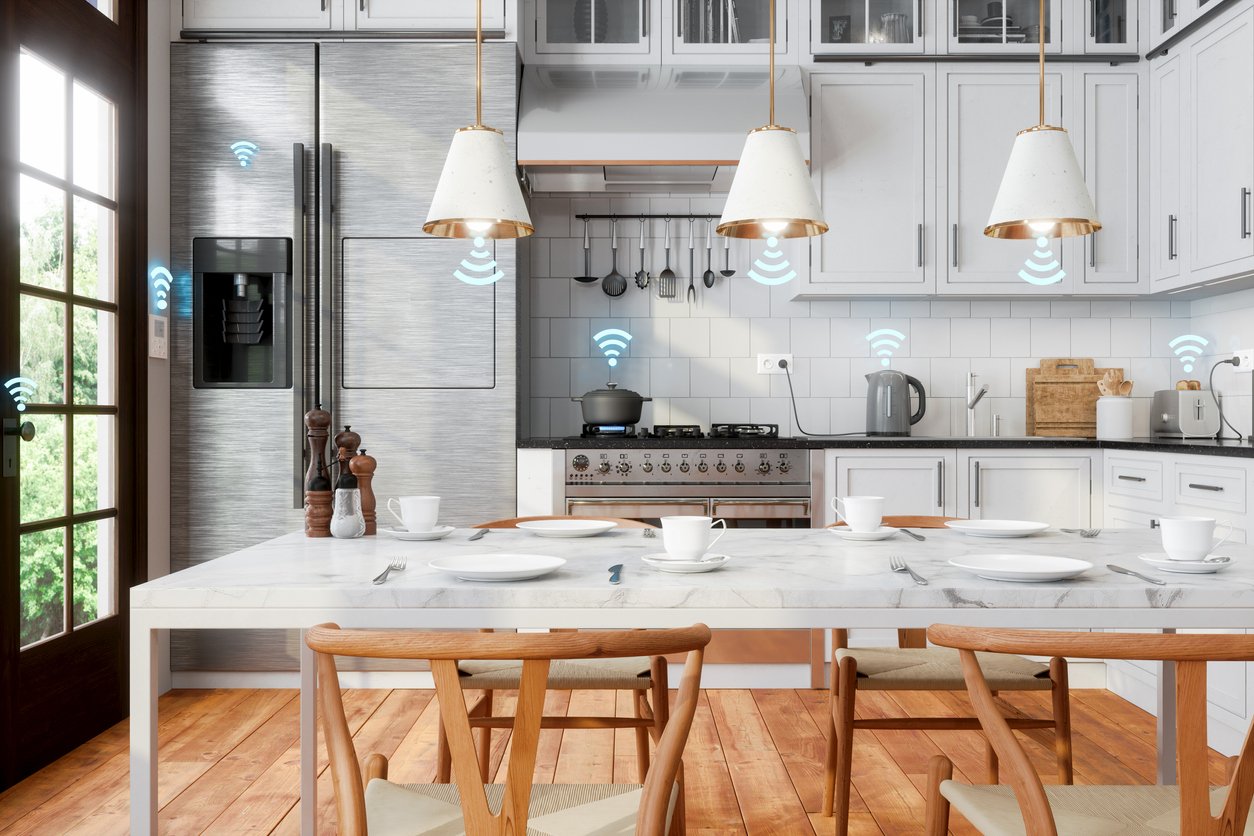In recent years, the build-to-rent sector has gained significant traction in the real estate market. With the growing demand for rental properties, developers are exploring innovative ways to streamline operations, enhance tenant experiences, and maximize profitability. Technology plays a pivotal role in achieving these goals. In this blog post, we will delve into the essential technologies needed for successful build-to-rent developments.
- Smart Home Automation: Smart home technology has revolutionized the rental industry by offering convenience, security, and energy efficiency. Incorporating devices like smart locks, thermostats, lighting systems, and video doorbells allows tenants to control their living environment remotely. This technology not only enhances the tenant experience but also enables property managers to remotely manage and monitor the property, streamline maintenance, and reduce operational costs.
Related: WHAT IS MANAGED WIFI AND WHY DOES IT MATTER?
- Property Management Software: Efficient property management is crucial for build-to-rent developments. Property management software platforms provide a centralized hub for managing tenant applications, leases, rent collection, maintenance requests, and communication. These platforms enable seamless coordination between property managers, tenants, and maintenance staff, simplifying administrative tasks, optimizing workflows, and improving tenant satisfaction.
Related: THE BENEFITS OF COMMUNITY MANAGEMENT LIFESTYLE SOFTWARE.
- Internet of Things (IoT) Connectivity: The IoT has transformed the way buildings function, and build-to-rent developments can greatly benefit from its integration. IoT sensors can monitor occupancy, energy usage, and equipment performance, allowing property managers to make data-driven decisions to optimize operational efficiency and reduce costs. Additionally, IoT-enabled predictive maintenance can help identify potential issues before they become major problems, minimizing downtime and maximizing tenant satisfaction.

- Virtual Reality (VR) and Augmented Reality (AR): Incorporating VR and AR technology into the build-to-rent development process can provide a competitive edge. VR allows prospective tenants to take virtual tours of properties, saving time and effort while increasing engagement. AR can be used to showcase floor plans and interior design options, allowing tenants to visualize the space before signing a lease. These technologies enhance marketing efforts, attract prospective tenants, and improve the overall leasing experience.
- Online Tenant Portals and Mobile Apps: Providing tenants with an online portal or a dedicated mobile app is essential for fostering strong tenant relationships. These platforms allow tenants to pay rent, submit maintenance requests, access important documents, receive notifications, and communicate with property management easily. By enabling self-service options, build-to-rent developments can enhance tenant satisfaction, streamline processes, and reduce administrative overhead.
- Energy-Efficient and Sustainable Solutions: Sustainability is a growing concern in the rental market, and incorporating energy-efficient technologies can be a major selling point for build-to-rent developments. Implementing smart thermostats, LED lighting, solar panels, and energy management systems can significantly reduce energy consumption and lower utility costs. Additionally, utilizing eco-friendly building materials and integrating waste management systems contribute to a greener living environment, attracting environmentally conscious tenants.
Related: LEVERAGE YOUR FAIR SHARE OF FEDERAL FUNDING.
Technology has become an indispensable aspect of successful build-to-rent developments. From smart home automation and property management software to IoT connectivity and VR/AR experiences, leveraging these technologies can optimize operations, attract tenants, and increase profitability. By embracing innovation and staying ahead of the curve, build-to-rent developers can create modern, efficient, and tenant-centric living spaces that cater to the demands of the evolving rental market. 
